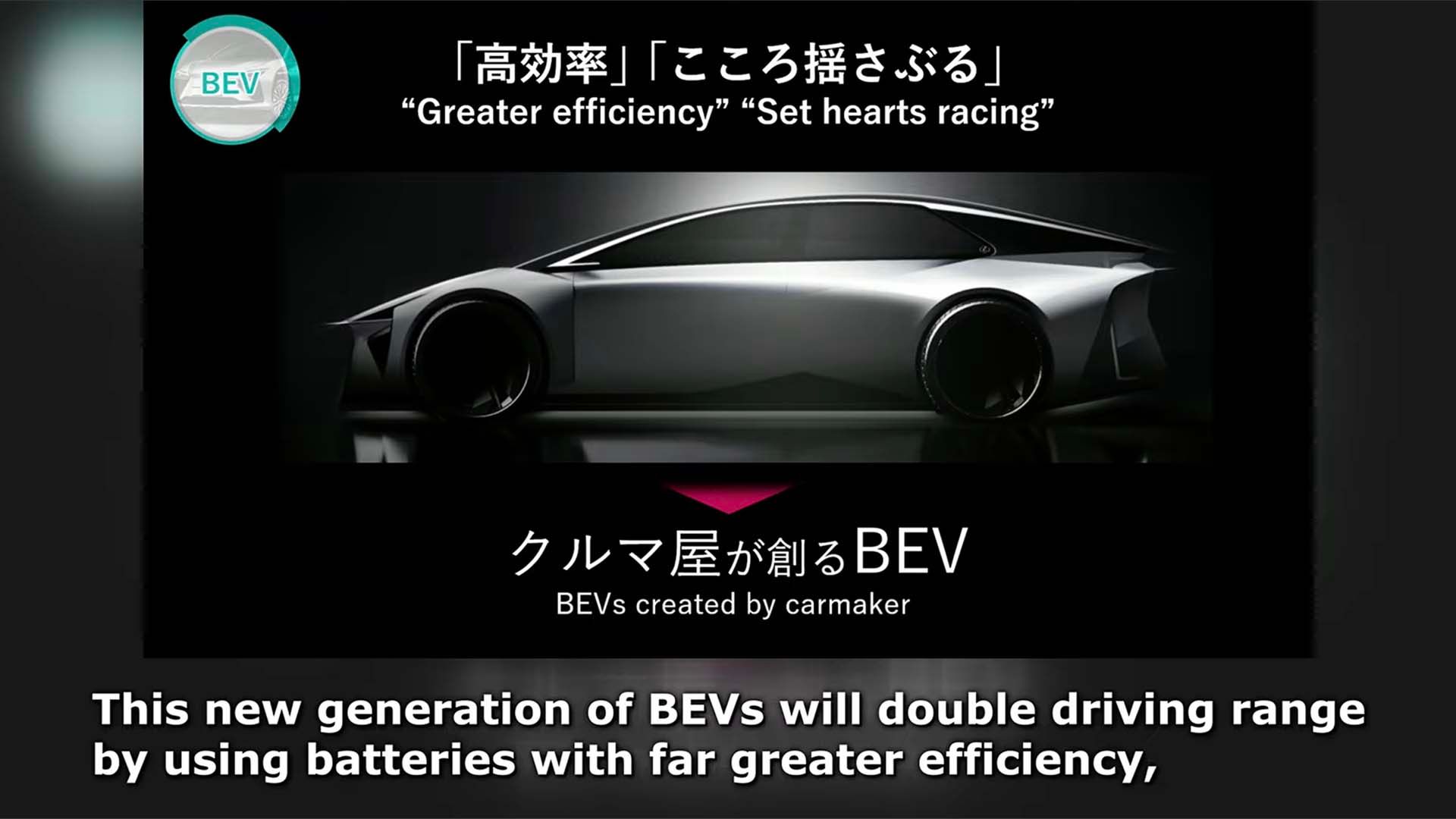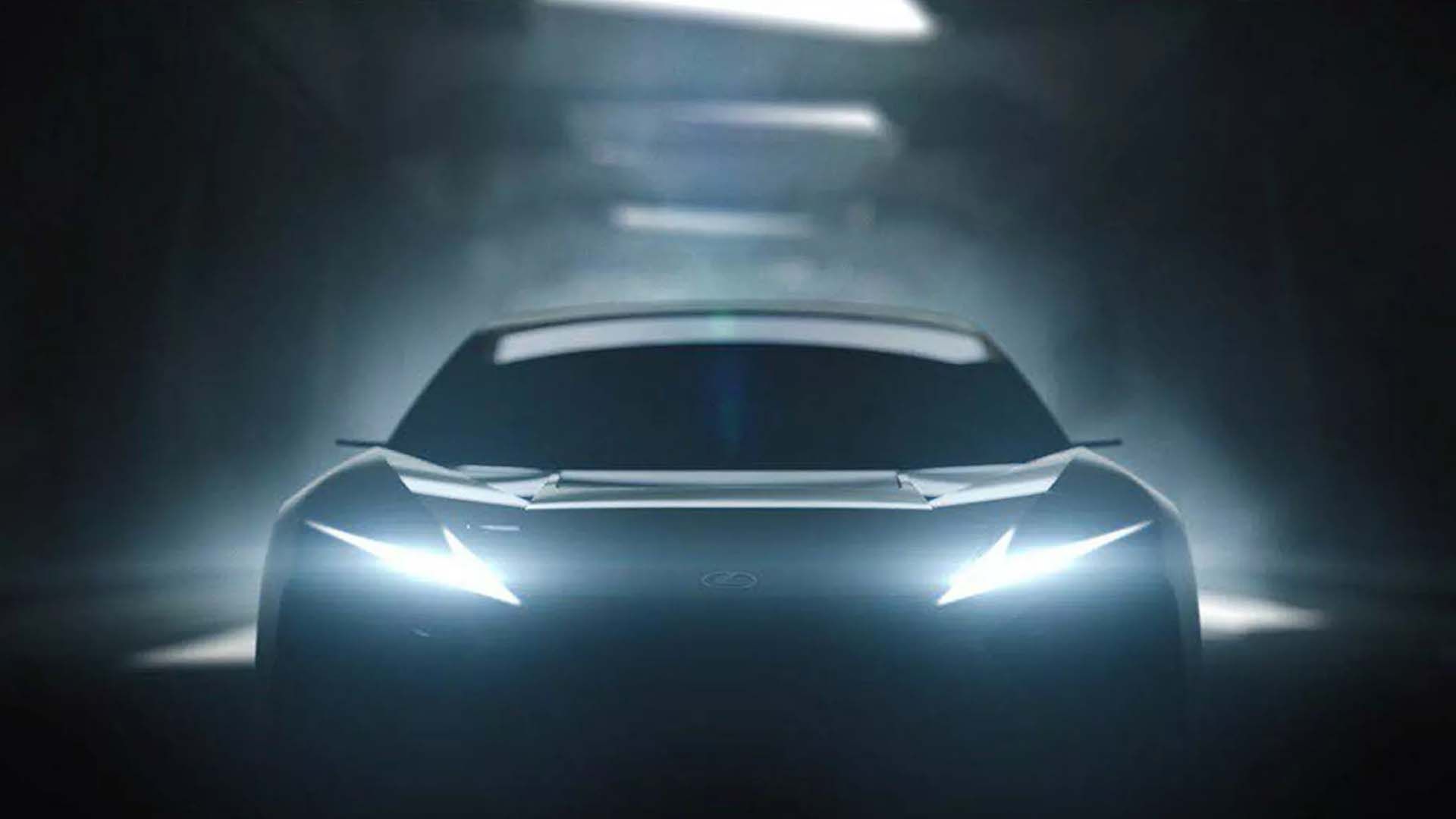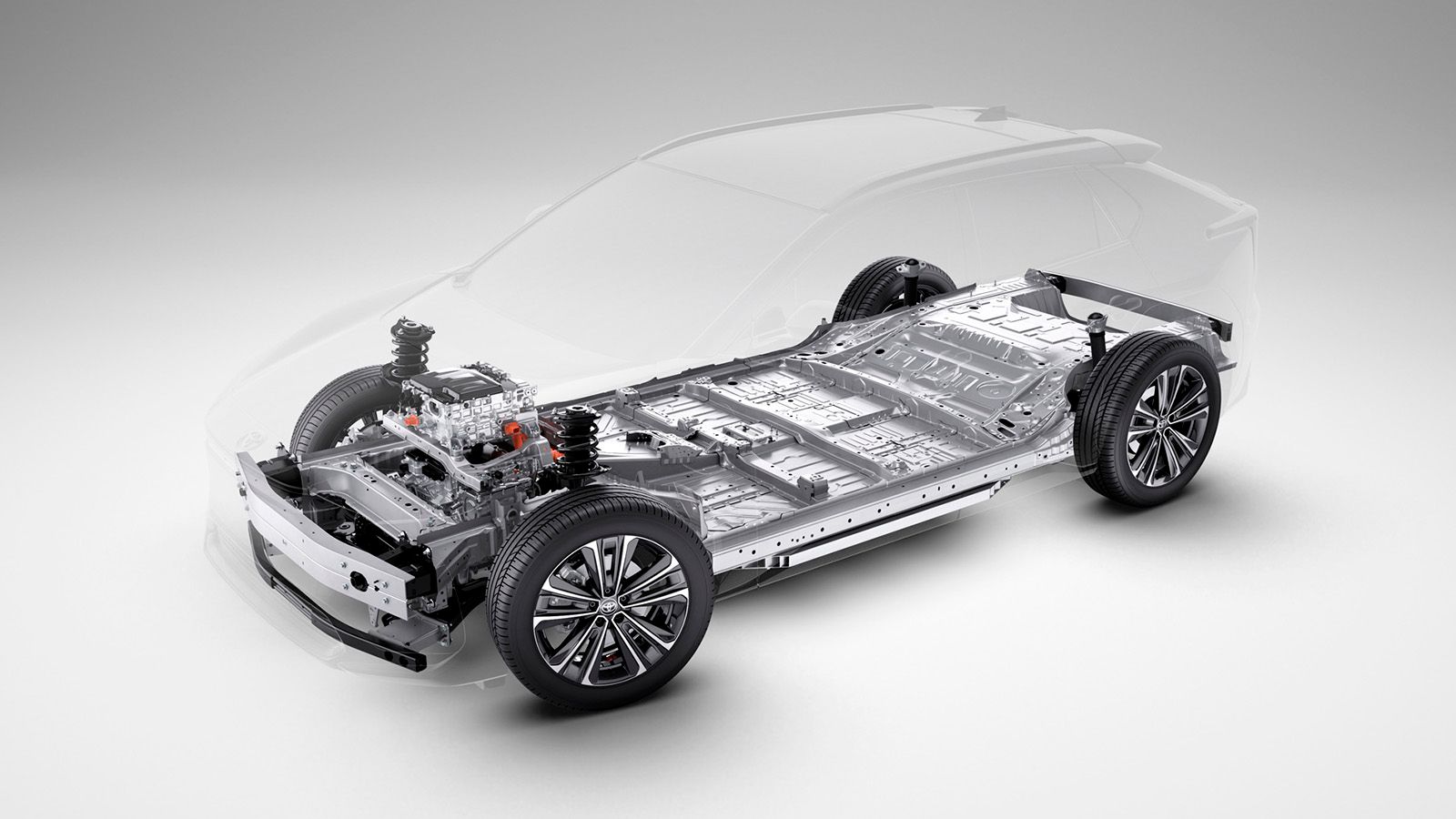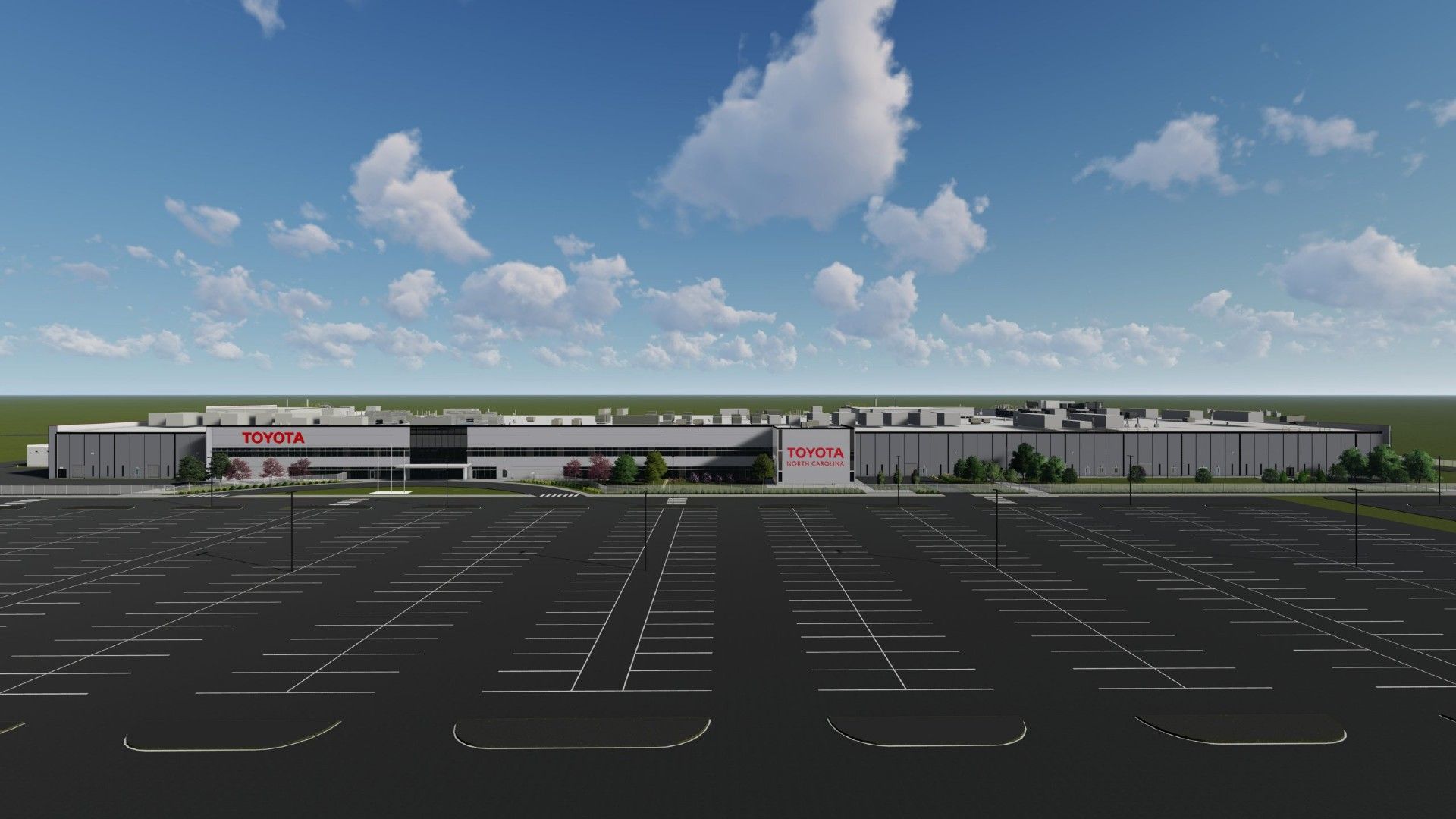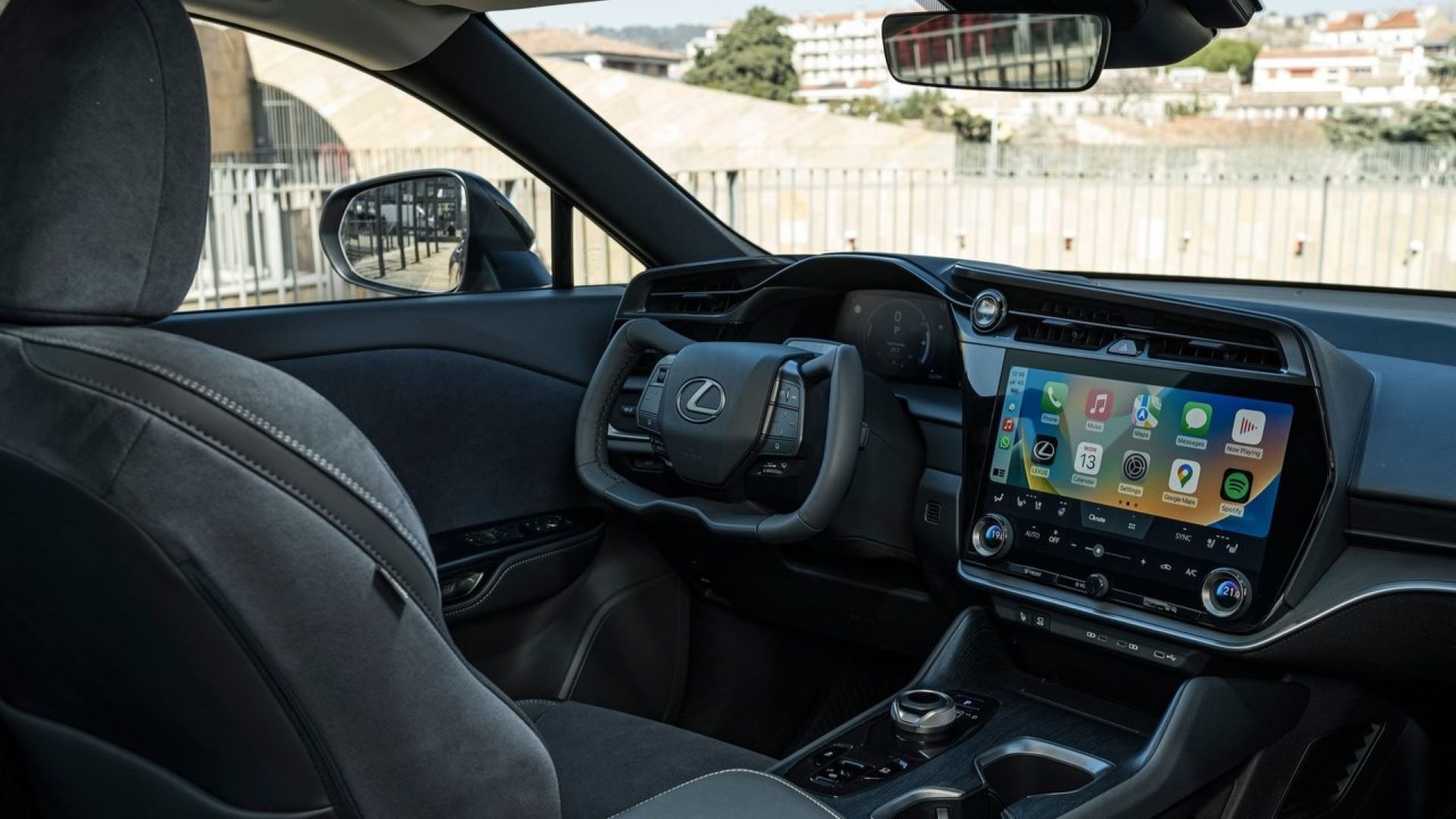Lexus is playing catch up in the electric vehicle (EV) race, but based on what they have in store in the coming years, it seems that Toyota’s luxury brand is going to catch up fast and at a time when EVs will probably be commoditized. This poses both challenges and opportunities for Lexus.
While Toyota has been keen to emphasize in the past that they aren’t going all-in on EVs, Toyota’s new President and CEO Koji Sato is more enthusiastic about EVs without abandoning its multi-solution approach to addressing climate change. Whereas the middling Lexus RZ is the result of the former leadership’s indifference towards EVs, the upcoming Lexus Modular Concept is set to put the Japanese luxury brand at the forefront of the EV race. So, what can we expect from this vehicle?
A Glimpse Of Lexus’s Future Styling Direction
Lexus has built its design identity around the Spindle Grille, and in the electrification era, this has transformed into what they now call as the “Spindle Body”. Since EVs don’t need as much cooling as a car with an internal combustion engine (ICE), the gaping grille that Lexus has built its identity isn’t necessary in the EV age. Therefore, the Spindle Body is still the iconic fascia that we’ve come to be familiar with, but interpreted in a way that makes this design trait relevant even in the EV age.
For example, in the Lexus RX, the Spindle Body is interpreted in a way that the vents slowly transition into a closed-off grille right at the top of the fascia, while in the RZ, this is entirely closed off. Whether it will still be called the Spindle Body in the years to come is still unknown, but expect the overall shape of this front-end design to remain even in the EV age–though probably evolving into something different.
That’s where that future styling direction comes in. For now, the only Lexus Modular Concept teaser that exists isn’t revealing much. Whether it even shares anything in common with the design sketch they previewed back in Toyota’s management presentation in April is unconfirmed. However, if we take a look at the design characteristics of the teaser, such as the unrealistically thin digital side mirrors and a hint of the fascia’s side creases, there’s a strong chance that the teaser and the design sketch from the presentation in April are related.
If you want a glimpse of what Lexus’s design is going to be like in the coming years, then all you have to do is simply look at its existing concept cars, such as the Lexus Electrified Sport Concept. It no longer has the Spindle Body as we know it today, but the overall shapes and creases of the front fascia still echo the shape of the front fascia of current Lexus models.
It Could Preview Toyota’s Future Battery Technologies
While the upcoming Lexus to be previewed at the 2023 Japan Mobility Show is a concept, it will still give us a glimpse of what to expect in terms of performance. With that in mind, it is important to note that Toyota is undertaking three paths when it comes to the improvement of batteries, which was just revealed last June.
The first of these three batteries is what they call their “Performance” version, which will be developed with Prime Planet Energy & Solutions Corporation. This battery improves upon the existing battery chemistry that Toyota has, which uses Lithium Nickel Manganese Cobalt Oxide (NMC). Compared to what’s fitted to the current bZ4X, Toyota is aiming for a range of 1,000 kilometers (621 miles) as well as 20 percent lower cost and a 10 to 80 percent charge time of 20 minutes or less. The 621-mile range won’t just be achieved through a more energy-dense battery but also through improving efficiency and better aerodynamics.
In order to speed up the adoption of EVs, it needs to lower its cost. This is where the upcoming “Popularization” tier of its next-generation batteries comes in. The low-cost batteries use a lithium iron phosphate (LFP) chemistry similar to what you can find in the entry-level version of the Volvo EX30 for Europe. The LFP batteries will also come with a new, bipolar structure. First implemented by Toyota in cars like the bipolar LFP batteries promise a 20 percent increase in range, a 40 percent lower cost, and a 10 to 80 percent charge in less than 30 minutes when compared to the specifications of the bZ4X. These batteries are targeted to start production in 2026-2027.
If Toyota is developing bipolar LFP batteries as well as an improved Performance version of its current NMC batteries, then it’s unsurprising that the next battery type is bipolar lithium-ion ones. Classified as their “High Performance” battery, this is projected to commence production in 2027-2028. The High-Performance battery combines the bipolar structure of the LFP battery along with a new cathode with a high nickel (Ni) content. Compared to the Performance battery, the High-Performance bipolar lithium-ion battery will offer a 10 percent increase in range, a 10 percent reduction in cost, and a 10 to 80 percent charge time of 20 minutes or less.
Lastly, as with every automaker, Toyota is also in the pursuit of creating solid-state batteries. Last July, Toyota managed to discover a breakthrough in its solid-state battery technology, in which it claimed that it was able to lower its production cost. Though it’s still in its prototype stages, the solid-state battery will hopefully reach commercialization in 2027-2028, but before debuting in an EV, these batteries will make their way first in Toyota and Lexus’s broad range of hybrid electric vehicles (HEV).
|
Battery Type |
Shape |
Structure |
Positive Electrode |
Range (based on CLTC cycle) |
Cost |
Charge Times (10 to 80 percent) |
Production |
|
Conventional (bZ4X) |
Prismatic |
Monopolar |
NMC |
615 km (382 miles) |
– |
~ 30 minutes |
2022 |
|
Performance |
Prismatic |
Monopolar |
NMC |
200% improvement versus bZ4X |
20% less compared to bZ4X |
~ 20 minutes |
2026 |
|
Popularization |
New Structure |
Bipolar |
LFP |
20% improvement versus bZ4X |
40% less compared to bZ4X |
~ 30 minutes |
2026-2027 |
|
High Performance |
New Structure |
Bipolar |
Ni |
10% improvement versus Performance battery |
10% less compared to the Performance battery |
~ 20 minutes |
2027-2028 |
|
Solid-State |
N/A |
N/A |
N/A |
20 – 50% improvement versus Performance battery |
N/A |
~ 10 minutes |
2027-2028 |
Toyota aims for a 20 percent improvement compared to the Performance battery, while a higher-level specification of the solid-state battery promises a 50 percent improvement in range compared to the Performance battery. Its 10 to 80 percent charge time is pegged at 10 minutes or less, while its cost reduction is still under research.
It Will Be A Glimpse Of Lexus’s Future
The Lexus Modular Concept is just the beginning of the brand’s shift towards EVs. Back in 2021, former Toyota CEO Akio Toyoda revealed to the world a plethora of Toyota and Lexus EVs, with all of them being merely design concepts. Now, with this upcoming concept car, Lexus will probably use this to set the tone for what every Lexus is going to be like moving forward.
The RZ became a showcase for two firsts for Lexus – its Direct4 electronic all-wheel drive (AWD) system that can adjust front and rear power distribution in a matter of seconds and depending on the driving conditions of that moment, along with its Steer-by-Wire yoke system. Unlike Tesla’s yoke, the system that Lexus develops makes more sense since its ratio highly varies depending on your speed. As a result, you don’t even need to turn the wheel 360 degrees, which doesn’t make sense in anything that isn’t round.
Credit: Source link
